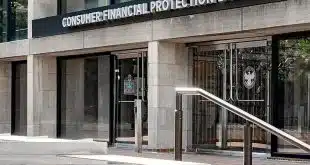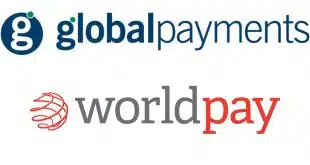How many point-of-sale terminals have to be enabled for near-field communication (NFC) before the technology becomes a must-have experience for consumers in stores? In the U.S., at least, the answer is 35% of the installed base, according to Osama Bedier, president of Poynt Co., a Palo Alto, Calif.-based startup that started shipping its app-driven Poynt terminal in November.
When slightly more than one-third of the “buying opportunities” become enabled for a particular payment method, Bedier tells Digital Transactions News, that method acquires a semblance of ubiquity, converting the experience from rare and hard-to-find to common and expected. “That’s a lesson I learned at PayPal and at Google,” Bedier says. “That’s where the market starts to carry you.”
Before founding Poynt in 2014, Bedier headed up Google Wallet, the forerunner to Alphabet Inc.’s Android Pay mobile-payments service. Before that, he worked at PayPal for eight years.
A protocol that allows mobile wallets to link to the point of sale via radio waves, NFC is a fast and efficient technology that supports major third-party wallet efforts like Android Pay, Apple Pay, and Samsung Pay. But while the technology is about 14 years old, it has only now begun to emerge in a major way with the national rollout of EMV chip card capability. Almost all new EMV terminals include NFC capability, though that capability isn’t necessarily turned on when the device is installed.
Just how close the nation’s terminal base is to that 35% tipping point is hard to say. Visa Inc. revealed last month that 17% of all merchant-facing locations, or about 750,000 shops, had been enabled to accept chip cards, a 42% increase since the EMV rollout started in earnest last October. But no one has a firm fix on how many of these locations have switched on NFC.
Bedier estimates this 35% threshold will be reached when anywhere from 4.5 million to 5 million terminals have been activated for NFC. At the current rate of deployment, that point may be only a year or so away. “In the U.S., [the industry] deploys 3.5 million to 4 million terminals a year,” Bedier says. “We’re going to get to that tipping point fairly quickly.”
Bedier figures most merchants will want to activate the tap-and-pay NFC capability because the so-called contact EMV card experience, where the consumer inserts a card into a chip reader and waits several seconds for the reader to interact with the chip, will annoy more and more cardholders and merchants as the EMV rollout covers more locations.
“EMV is a horrible experience, and in the U.S. we’re the worst when it comes to patience,” Bedier says. “NFC is the light at the end of the tunnel. That’s why it’s getting propagated by default whether the merchant wants it or not.”
But not all merchants want it. Many large merchants are reluctant to activate NFC, fearing the technology could be used later on to usher in payment methods whose cost or other characteristics they may not be able to control, according to Barry McCarthy, an executive vice president at First Data Corp. and head of the processor’s security solutions unit.
“We continue to see adoption of NFC, though there is still significant resistance at major merchants,” he tells Digital Transactions News. “The concern is that, once a merchant accepts NFC, they lose control of the payment type that is going to be distributed over NFC. That’s more than just a technology question, it’s strategic [for these merchants].”
On the one hand, new wallets like Apple Pay, which relies on NFC, have won adoption at many major chains. On the other hand, the 40 or so big merchants that back the Merchant Customer Exchange LLC consortium and its CurrentC wallet have pointedly eschewed NFC in favor of barcode technology. One MCX merchant, Wal-Mart Stores Inc., in December announced Walmart Pay, a new wallet that will also use barcode technology.
And so far consumers don’t appear to be all that much bothered by the extra time EMV takes at checkout, though that could change as the EMV rollout progresses and as contactless versions of the chip cards start to become available.





